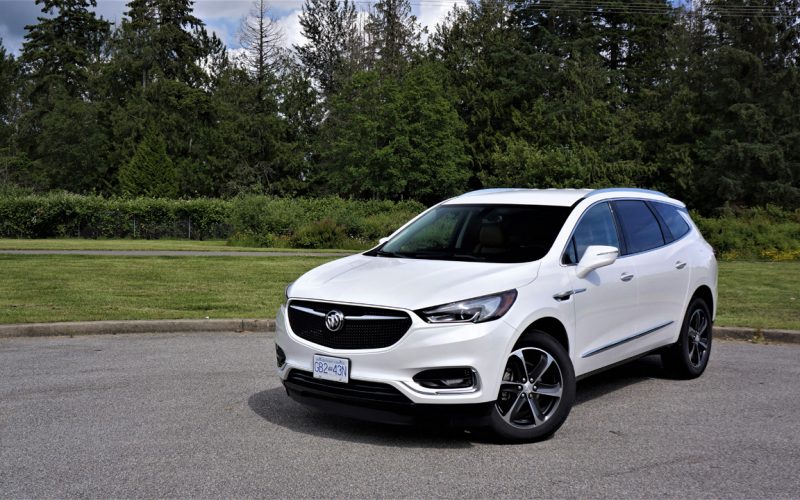
Reading Time: 13 minutesI’ve rarely heard anyone say anything negative about Buick’s styling, at least not during the most
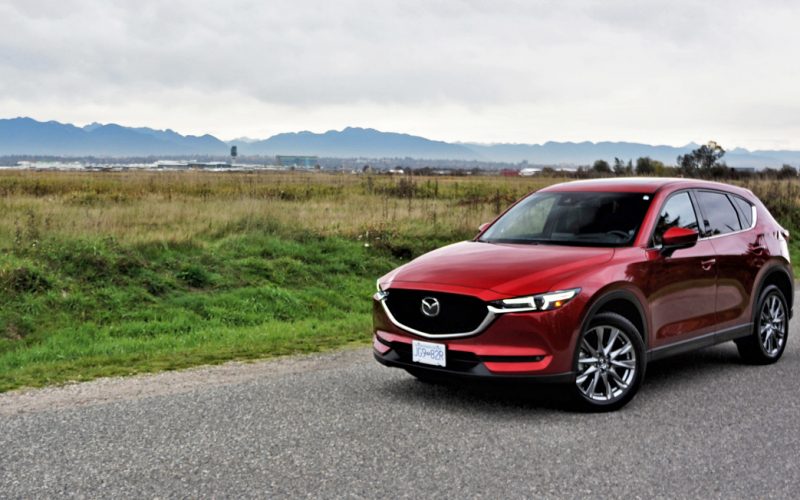
Reading Time: 10 minutesAnticipation. Sometimes it’s better than the real thing. Just think back to someone you fell head
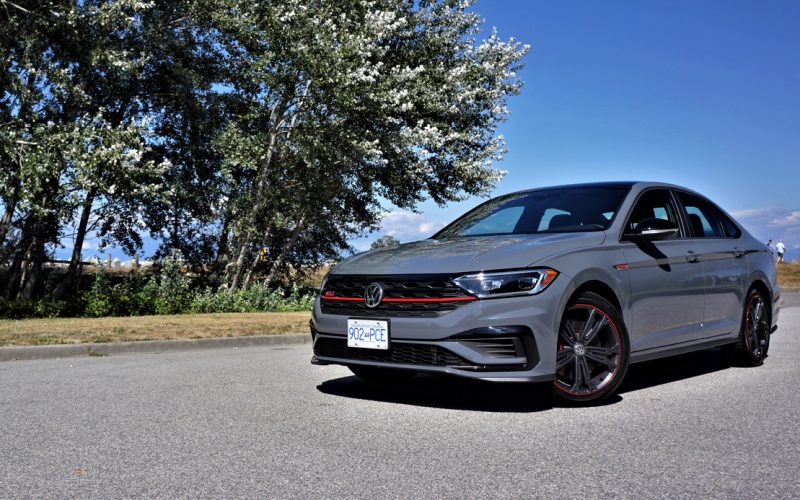
Reading Time: 10 minutesHonestly, other than being rare compared to Honda Civics, Toyota Corollas, Hyundai Elantras and Mazda3s, and
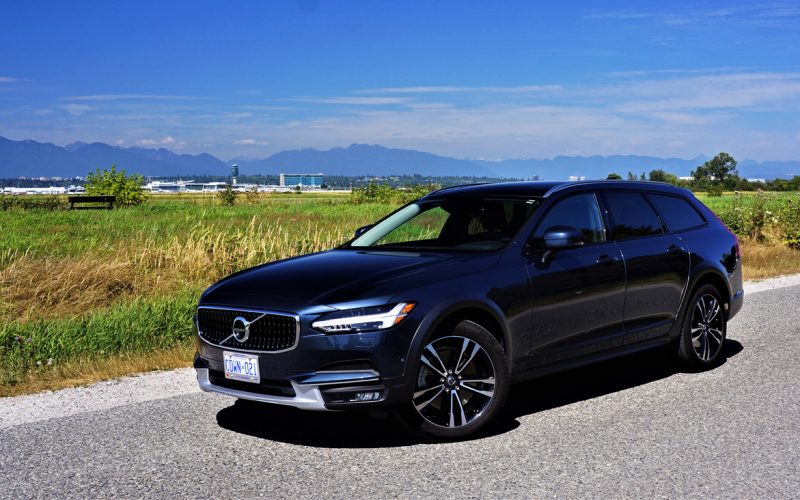
Reading Time: 13 minutesBack in early 2017, Volvo asked us to “rediscover [our] passion in life” in a then
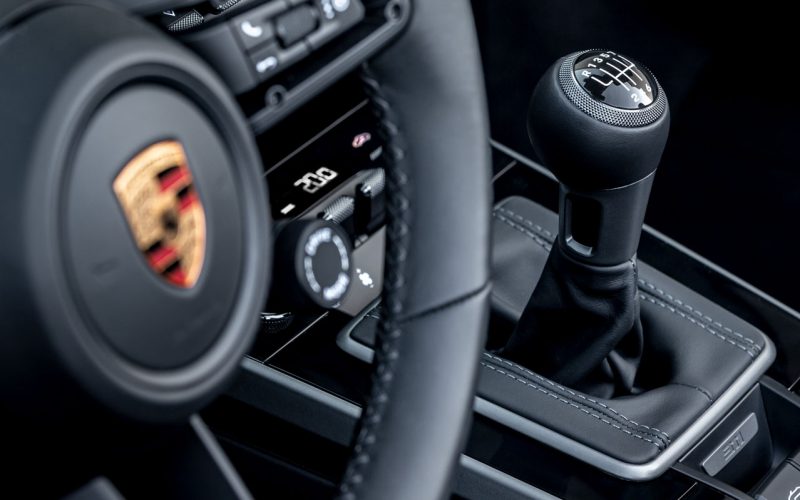
Reading Time: 3 minutesPorsche introduced its 2021 911 Turbo S Coupe and Cabriolet just two months ago, and now
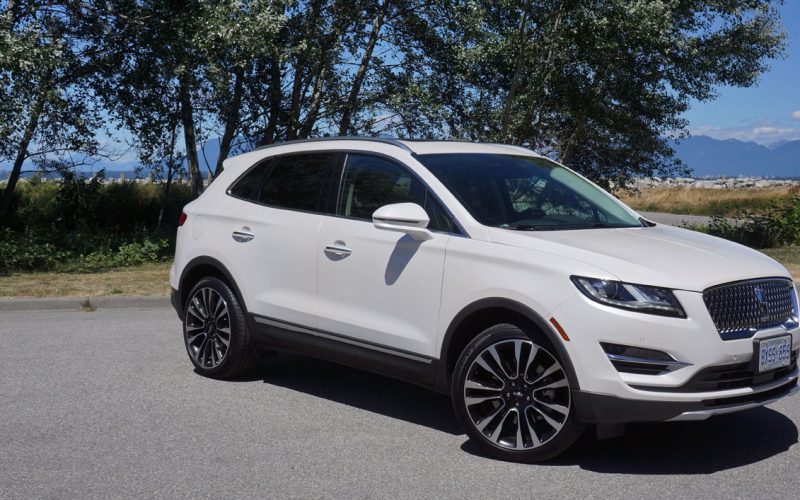
Reading Time: 15 minutesWhen I first saw Lincoln’s new grille design I wondered how they’d graft it onto their
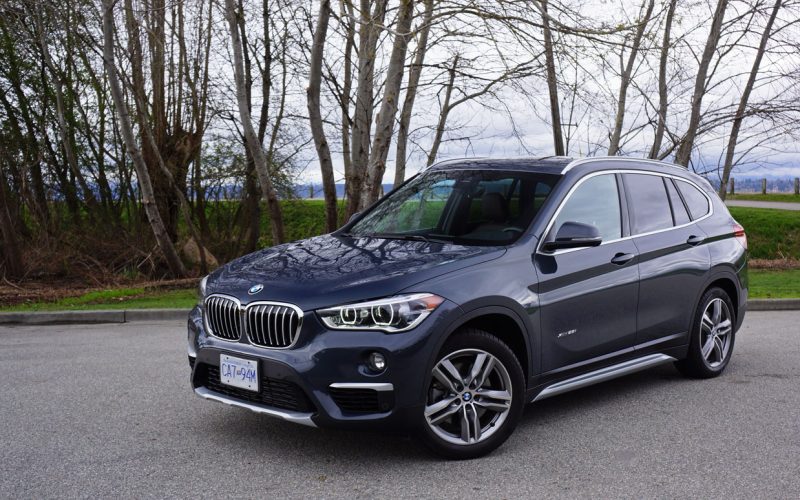
Reading Time: 11 minutesBMW’s X1 was the very first subcompact luxury crossover SUV ever produced, having arrived on the
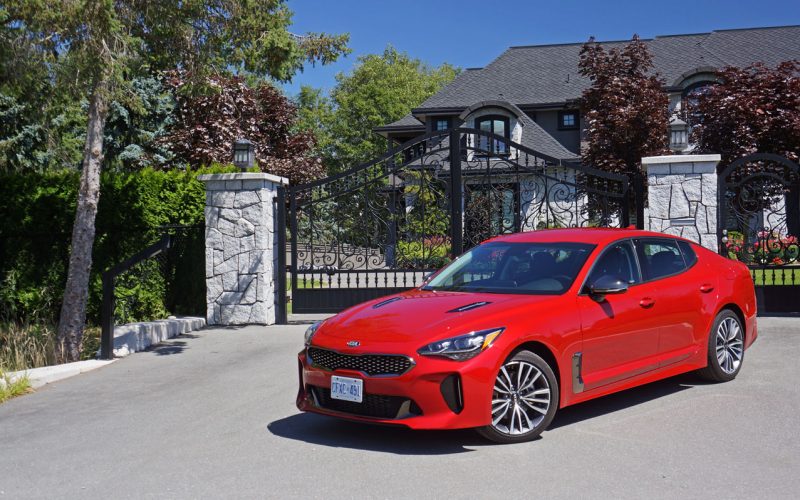
Reading Time: 10 minutesIt seems every time I’ve had opportunity to get behind the wheel of Kia’s new Stinger
© 2025 The Car Magazine. All Rights Reserved, Privacy Policy | Terms of Use